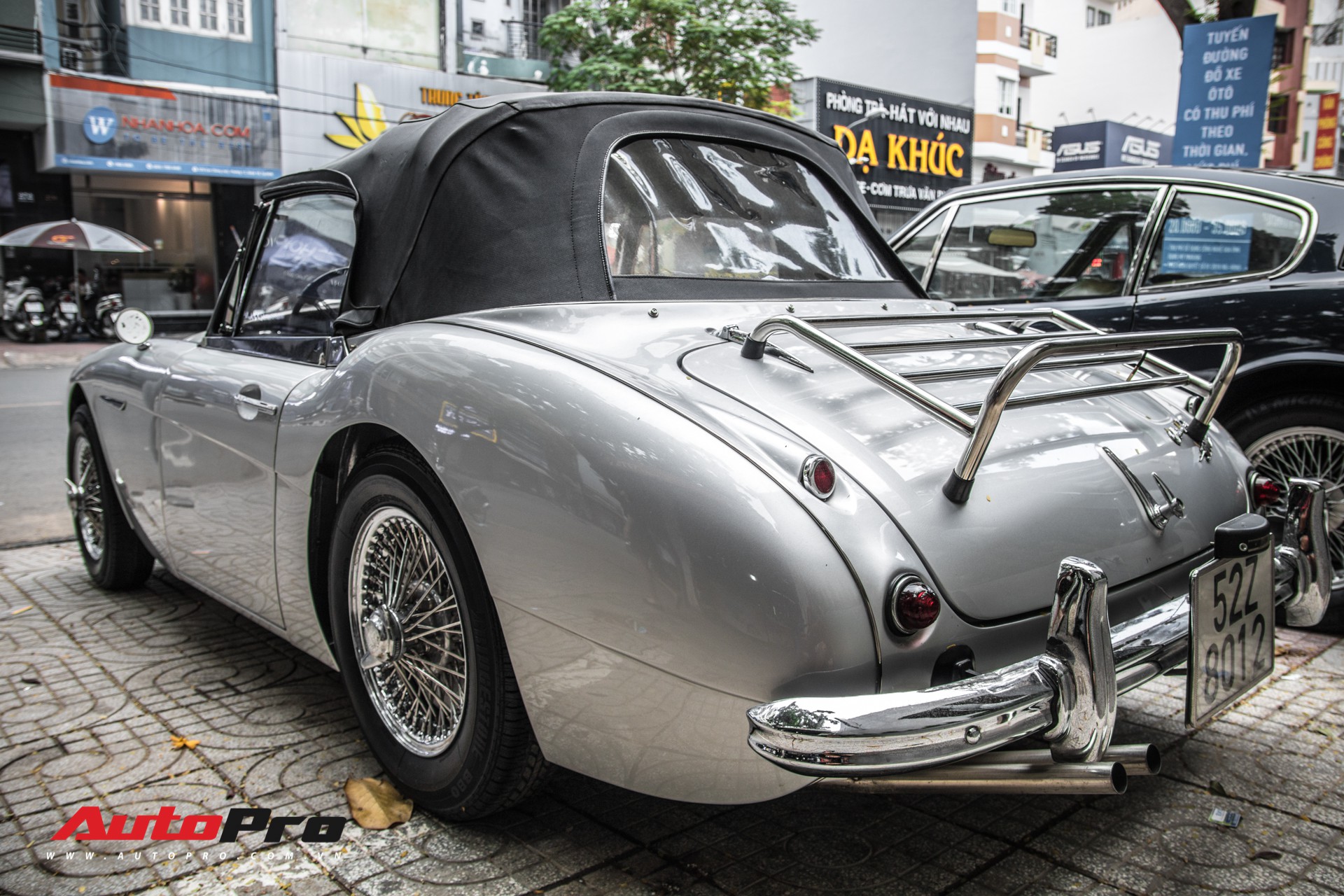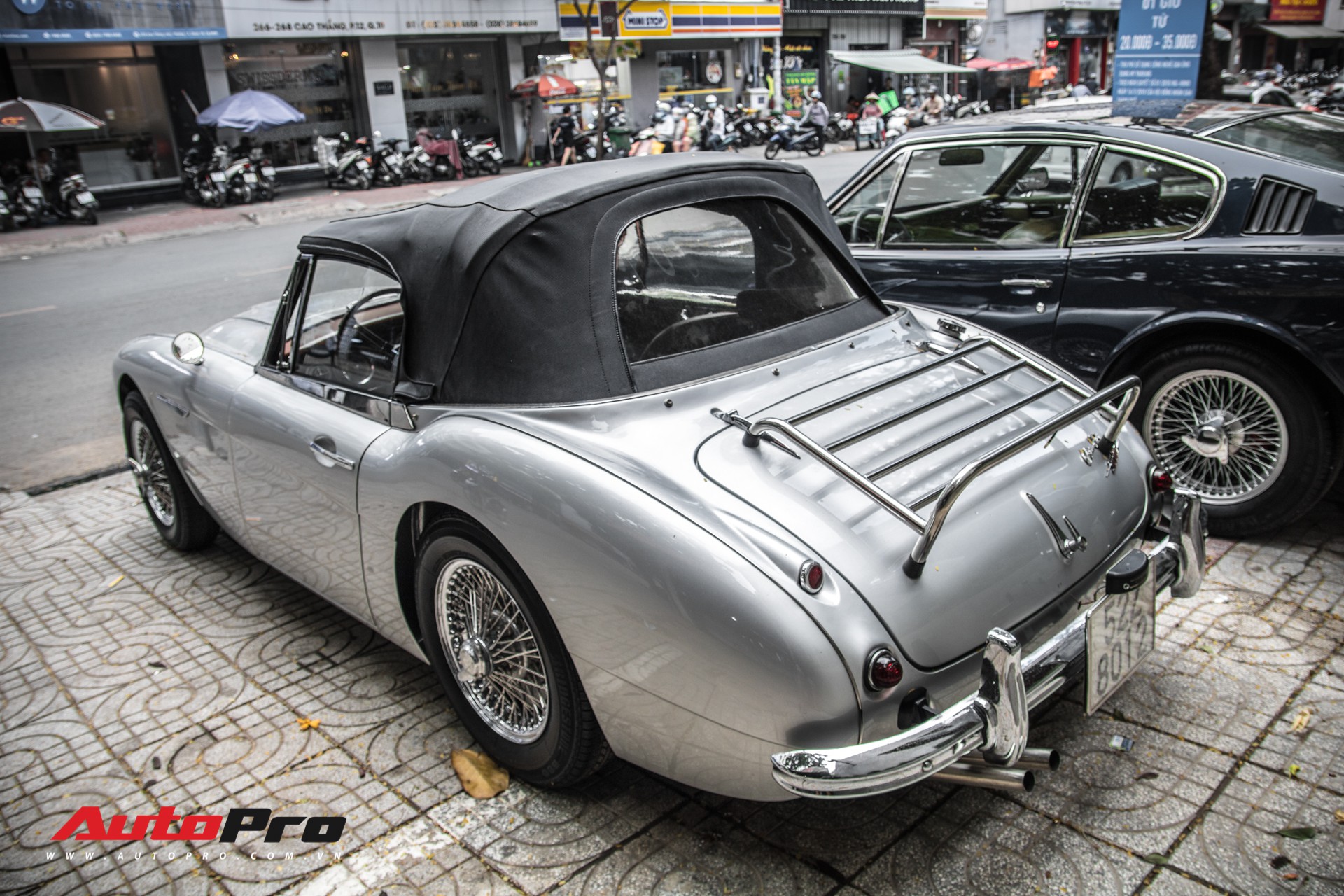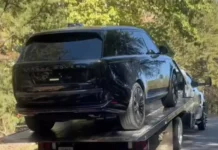
Austin-Healey is a British sports car manufacturer established in 1952. It is a collaboration between Austin, a subsidiary of the British Motor Corporation (BMC), and the Donald Healey Motor company, a famous automotive design and engineering company at that time.

However, this relationship quickly dissolved when BMC merged with Jaguar Cars in 1966 to form British Motor Holdings (BMH). Subsequently, Donald Healey left BMH in 1968 and joined British Leyland. Shortly after, Healey joined Jensen Motors and became its chairman in 1972.

Because of this, Austin-Healey cars were only produced from 1952 to 1972 before being discontinued. Today, the cars bearing this brand are highly sought after by vintage car enthusiasts around the world due to their rarity.

The Austin-Healey 3000 is a 2+2 sports car produced from 1959 to 1967. The body of the car was manufactured by Jensen Motors. In 1963, 91.5% of the total 3000 Austin-Healey cars were exported, mostly to North America.

The car mentioned in the article is the convertible sports version of the Austin-Healey 3000 Mk II, introduced in late August 1962, with the codename BJ7. Only 6,113 units were produced.

The distinguishing feature between the regular version and the sports version of the Austin-Healey 3000 Mk II is the rearview mirror. While the regular version has a large, round, and flat mirror, the sports version has a small, stylized mirror resembling a cup.

The wheels resemble bicycle spokes and are widely used in various car models of the 1960s.

The fabric convertible top can be opened, transforming this model into a convertible car.
Despite being over 55 years old, some details of the car are still in good condition. This shows that the owner of this car has taken good care of their “treasure”.

Austin-Healey claims that this car can reach a top speed of over 185 km/h.
Soviet Minister’s Car Shines Bright After Rebirth
Over time, especially since the country opened up in the 1990s, Soviet cars have gradually disappeared to be replaced by Japanese, American, and European cars. Many Volga, Lada, and UAZ cars were liquidated from state agencies and transferred to civilian registration, but they did not exist for long before a wave of both imported and assembled cars flooded the streets. Soviet cars slowly drifted away and became a nostalgic reminder of a generation that has gone through two wars.


















































